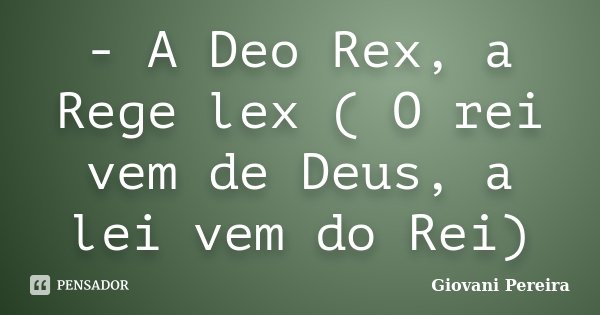
The treatise represents a searching, perceptive and often courageous discussion of the political constitution of the monarquía Hispánica as a “composite” or “poly–centric” body politic: a monarchy composed of semi–independent territories as politically and culturally diverse as they were distant from one another geographically 4. Instead, what emerges is a complex and challenging, sometimes uneven analysis that sorts the chaff from the wheat of contemporary political thought.

Despite its generic title, the treatise is no dry rehearsal of altogether familiar views concerning the virtues and vices of princes. His mirror–of–princes was published under the title De rege et regis institutione libri tres in Toledo in 1599 and dedicated to the new king 3.



 0 kommentar(er)
0 kommentar(er)
